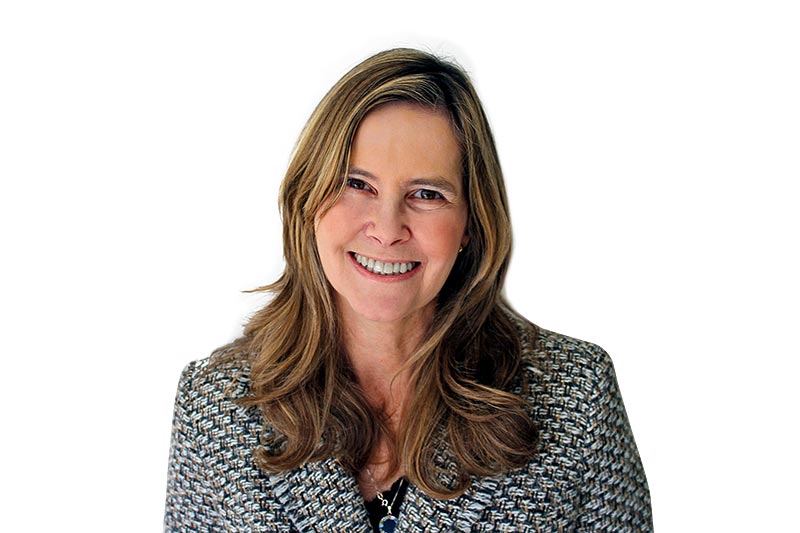The ever-changing nature of ELT in Brazil: How teaching practices reflect glocal changes
PART 1: from the early 90’s to the early 2010’s
What you are about to read is by no means to be regarded as an accurate description of ELT practices in Brazil throughout the last 3 decades. Rather, what I attempt to describe below is simply my very own perception of how ELT has throughout the all these years positively added on, rethought, deconstructed and reconstructed itself to stay in tune with global changes and, more importantly, with the local societal changes that more than ever have been the subject of so much needed discussion.
Aiming at illustrating the unpretentious analysis I decided to perform, I focused on the titles of plenary lectures and/or talks and workshops presented during regional one-day seminars and international conferences throughout the country.
When I first joined Braz-Tesol, in the very early 90’s, and started attending regional seminars and ‘national conventions’, which are now deservedly called International Conferences, the large majority of plenary lectures, talks and workshops revolved around topics that focused primarily, but not exclusively, on teaching practice, techniques and practical ideas for the classroom. ELT was growing rapidly in Brazil. Teachers were raising their creativity to its maximum power in order to come up with and share all sorts of ideas and techniques. Those included, but were not limited to, warm-up activities, techniques to teach and integrate the 4 skills, the use of songs, videos, realia and games, the use of authentic materials – which has recently regained force mainly to address the issue of moving away from the learning plateau –, the teaching of young learners, and the teaching of teenagers. The idea was to help the teacher teach a more varied, interesting and effective lesson.
THE EARLY 90’S
A look at the stack of yellowed, musty-smelling certificates I have kept and treasured all these years helped me refresh my memory. Below are some titles of plenary lectures in a few local seminars that predominated during that decade:
– The Seven Secrets of Teaching – Jim Wingate (One-Day Seminar, Brasília, 1991); Teaching Adolescents – Andrew Littlejohn (4th Braz-Tesol Regional Seminar, Brasília, 1992); Technology in ELT – A colloquium by Richard Boyum, Paul Woods, Patrick Dunphy and Stephen Beggs (5thBraz-Tesol Regional Seminar, Goiânia, 1992); Making the Right Noises: Phonology and the Non-native Speaker – Kevin Keys (6th Braz-Tesol Regional Seminar, Brasília, 1993); What Makes a Good Teacher? – Jeremy Harmer (7thBraz-Tesol Regional Seminar, Goiânia, 1993).
“MEETING THE CHALLENGE”
I have mentioned in a previous post that my first ever international conference (the 3rd one since the foundation of Braz-TESOL in 1986) took place at Instituto Mackenzie in São Paulo in 1992 under Donald Occhiuzo’s presidency. Among other outstanding ELT professionals, it counted on the invaluable participation of Robert O’Neil and Ana Szabó, also former president. I tried really hard to retrieve its program so as to have a look at the speakers and titles of their plenary sessions and workshops. Unfortunately, despite all my efforts, I did not manage to find either the online program or a hard copy of the conference’s proceedings, so I decided to have a look at the following one.
“OPENING NEW DOORS”
Held in Ribeirão Preto in 1994, The 4th Braz-TESOL international conference chose a theme that is still very suggestive of what was happening in ELT at the time: Opening New Doors brought back the ‘unforgivable sin’ of using L1 in the EFL classroom. This is clearly illustrated by both a paper and a demonstration, respectively, under the heading Classroom Techniques and Methodology, found in the program and entitled: Is There a Room for Translation in the Ordinary EFL Classroom? – Glória Regina Loreto Sampaio and The Myths and The Practical Needs of Using L1in EFL Classes: A Learner Training Experiment. It is also interesting to note that the very same topic was addressed once again by Paul Seligson in his A personal view of ELT past, present and future during the last Braz-TESOL international conference held in Brasília in 2016. Here’s the pendulum of ELT trends swinging back to an opposite direction.
Naturally, as the 90’s moved on, other topics started emerging and finding their places on the list of ideas for talks and workshops. Perhaps due to the realization that the EFL class was maybe too ‘technical’, for the lack of a better word, teachers might have felt compelled to apply more humanistic principles into their teaching. Thus, although the so-called how-to type of workshops continued to abound, teaching activities brought in them elements of the caring and sharing nature, such as poetry, the importance of rapport, the need to lower the affective filter so such variables as motivation, self-confidence and anxiety were also taken into account. Gattegno’s The Silent Way and Lozanov’s Suggestopedia were also very trendy. The former proposed silence as the main elicitor of responses and self-correction. The latter brought all sorts of suggested moods and feelings through musical openings and close-your-eyes-and-imagine-that kind of activities into the classroom.
Though created in the 90’s, CLIL – Content and Language Integrated Learning – became especially popular among the so-called international schools still in the first decade of the year 2000. I must point out, however, that my observations are based on the reality from where I write this post. It is very likely that other international schools around the country started using CLIL much sooner. Because the almighty pendulum of trends has been set to perpetual motion, this approach has often been revisited and used as another teaching resource in a large number of today’s classrooms. CLIL was the topic of two workshops during the Braz-TESOL One-day Seminar recently held by the Goiânia Chapter.
The 2000’s was also marked by the introduction of Dogme– or – Teaching Unplugged, by Scott Thornbury. Largely regarded as not only a methodology but also a movement, it encouraged freeing the classroom from published coursebooks and using the students’ own language needs as the raw material to ‘plan’ a class. Dogme is seen today as another one of the many resources a teacher has at their disposal to maximize learning. A mean to an end, not an end in itself, this approach to teaching takes into account what students already know and what they don’t – and need to.
– – – –
In the second and last part of this article, I’ll try to describe how the 2nd decade of the 2000’s addresses new trends and issues brought about by the demands of a society that now calls for more inclusion and acceptance of the changes the 21st century has imposed on all spheres of a fast-moving world.
To be continued.





